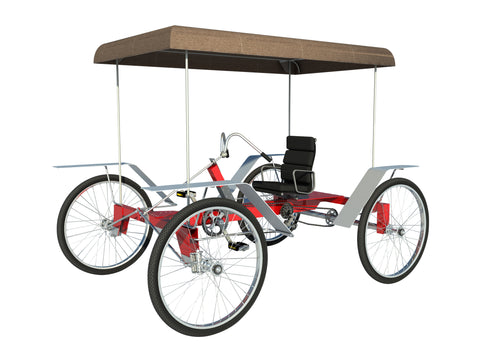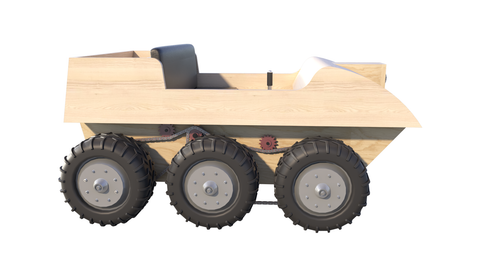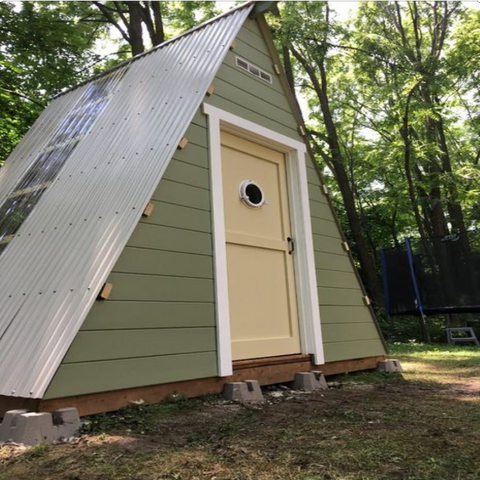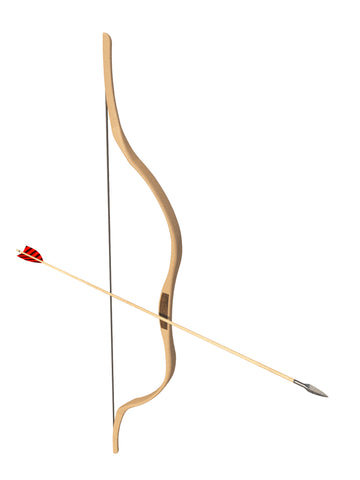DIY BBQ Smoker Plans Portable Camping Barbecue Cooker Outdoor Cooking
These DIY plans for this traditional portable smoker are tried and true. There are thousands of these in backyards across the world. Smoking any kind of meat and fish is a thrill! I provide a material list and easy diagrams to follow. My 14 year old Grandson has is own now. He is becoming quite the Chef now.
What is DIY BBQ Smoker Plans?
A BBQ smoker allows you to cook your meats at a low temperature without overcooking them. Its low temperature helps prevent the meat from drying out and allows it to retain its moisture. Smoking meat requires a salt-water solution, which creates a barrier to maintain moisture in the meat. This salt solution also enhances the smoky flavor and aroma. Besides meat, smokers are perfect for vegetables and fish. Always make sure to cook the meat to its internal temperature.
Direct heat vs indirect heat
When comparing grilling methods, the direct vs. indirect heat of a BBQ smoker is an important factor. Direct heat is most suitable for ingredients that can cook quickly and produce classic grill marks. But the intense heat can cause food to dry out quickly, so be sure to monitor your grill closely. Indirect heat involves cooking meat on a grill with the grate to the side of the fuel source.
Pellet smokers vs offset smokers
When it comes to BBQ, pellet and wood smokers both have their benefits and drawbacks. While pellet smokers are great for small amounts of food, they may not be suitable for larger meals. Additionally, they require a separate firebox and power source. Wood smokers, on the other hand, are more portable, but require a lot of wood and are difficult to move. This makes them more expensive, but they are the traditional method of smoking food.
Seasoning meat with dry rubs
There are two types of dry rubs: oil-based and dry. Oil-based rubs use oil as a glue to adhere dry ingredients to meat. However, the flavor does not penetrate deeper than the outer millimeters. Dry rubs contain spices and oil that impart flavor to meat. If you use oil-based rubs, make sure the dry ingredients are dissolved in water and stored in a zip-lock freezer bag to prevent them from drying out.
Adding wood to a smoker
While there are no set rules for how often to add wood to a smoker, adding wood regularly to the grill will increase the smokey flavor and prolong the cooking time of your smoked food. Some types of wood are more suited for smoking than others, and the frequency of wood addition will depend on the type of meat you are smoking. In addition to the smokey flavor, wood type can also affect the drying and storage time.
Controlling temperature
If you want to cook meat to perfection, control the temperature of your BBQ smoker. While a smoker can reach the desired temperature slowly, it can also quickly climb to a higher one. Overshooting the target temperature is a serious problem and it will be difficult to return it to a lower temperature. Fortunately, there are many methods for controlling the temperature, and the following will guide you through them. The most basic way to control the temperature of your smoker is to use a thermometer or hygrometer. While many modern smokers come with a built-in thermometer, a more reliable method is to purchase an electric one.
All DIY plans are designed by Ben Stone. Ben is a retired Engineer in Canada. Ben also drafts these himself using the latest AutoCAD software to ensure accuracy. He studied Engineering back in the early 1980's. After over 30 years in the Construction industry he developed a passion for building cool items around his farm and cabin. These are great DIY projects. With a little skill anybody can Do It Yourself. Ben is always a email away if you have any questions while building one of his projects. He is adding new plans all the time.










